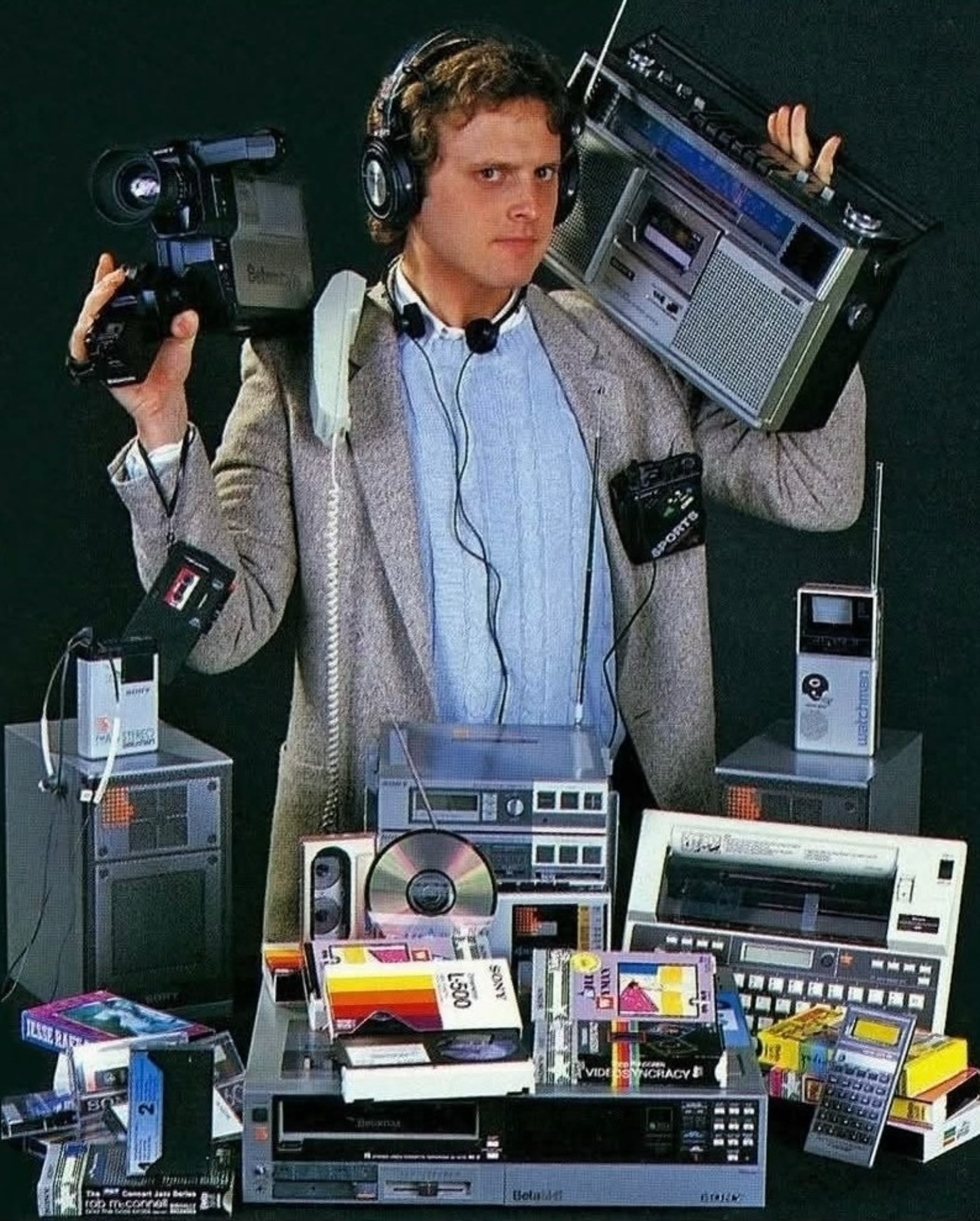You Needed $10,000 in Gadgets to Do This in 1986 — Now You Just Tap Your Screen
Back in 1986, being “tech-savvy” meant carrying half a room’s worth of electronics — and spending a fortune just to record, play, rewind, type, calculate, and communicate. People didn’t think twice about lugging around a giant camcorder on one shoulder and a boombox on the other. It was normal to have cassette tapes in your pockets, a wired Walkman clipped to your belt, and a stack of VHS tapes waiting at home. But now? You can do all of that — and so much more — with just a single rectangle in your pocket.
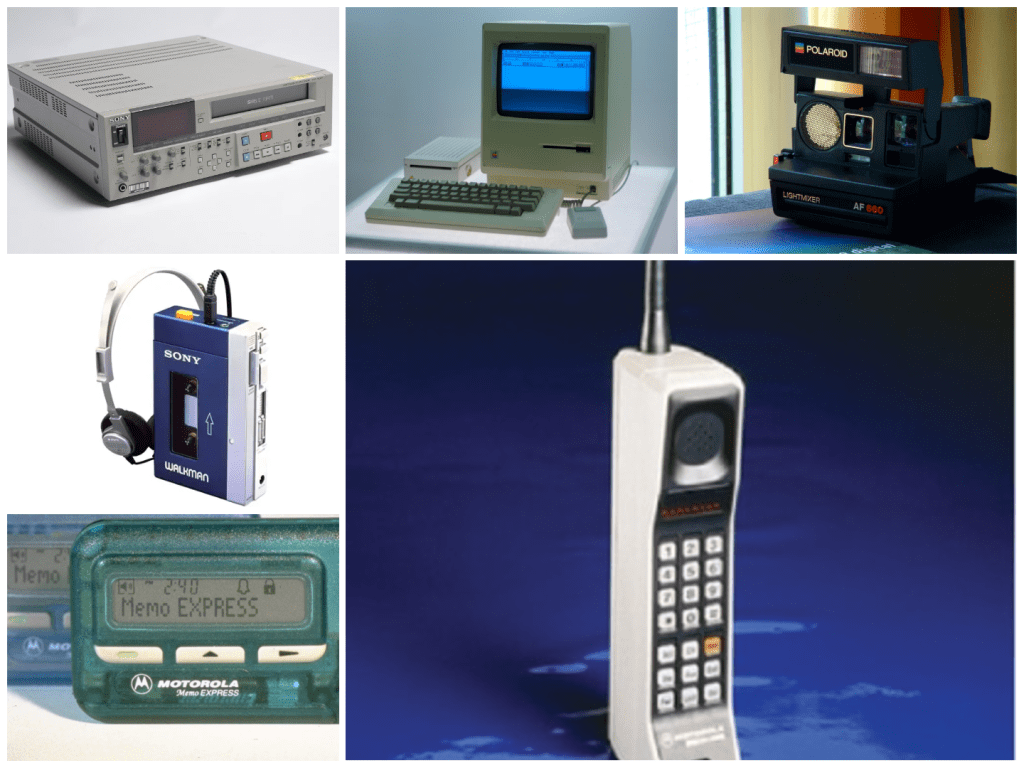
It’s not just about how far we’ve come. It’s about how much we used to need just to live a connected life. Let’s break down what this pile of gadgets actually cost back then — and how your phone quietly replaced all of it.
Every Gadget Had a Job — And a Price Tag
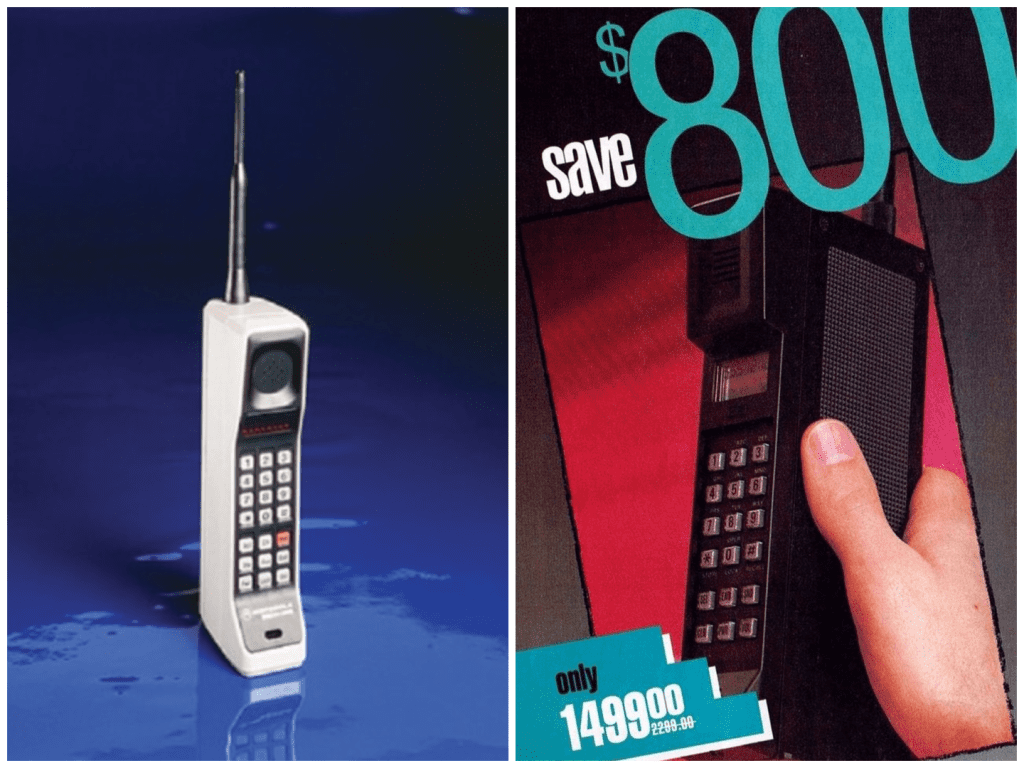
Let’s be honest, life in the ‘80s looked cool in movies, but it wasn’t cheap to keep up with tech. If you wanted to record your kid’s birthday party or a summer road trip, you needed a full-on Betamax or VHS camcorder, which could cost anywhere from $1,200 to $1,800. That thing came with massive tapes, required a shoulder strap, and made your arm go numb after ten minutes.
Then came the boombox, the king of portable music. Depending on the size and brand, these would cost around $200 to $500, and that didn’t include the dozens of cassette tapes you’d need to buy separately. Want a Walkman to listen privately? That’s another $100, plus another set of headphones, and a pack of AA batteries every week.
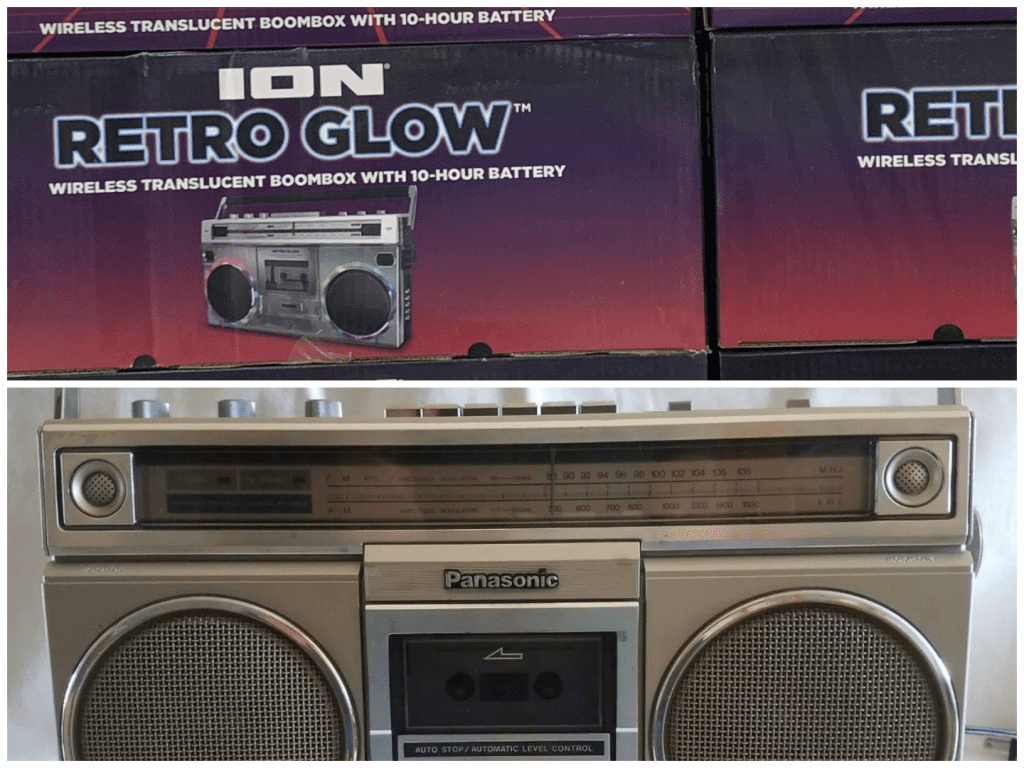
Let’s say you were into home entertainment. A VCR in 1986 could cost around $400 to $600, and a decent TV to pair with it? Another $300 to $500. And let’s not forget that movies came on tapes — each one around $20–$30 at the time. If you had 20 tapes, that’s $600 in media alone.
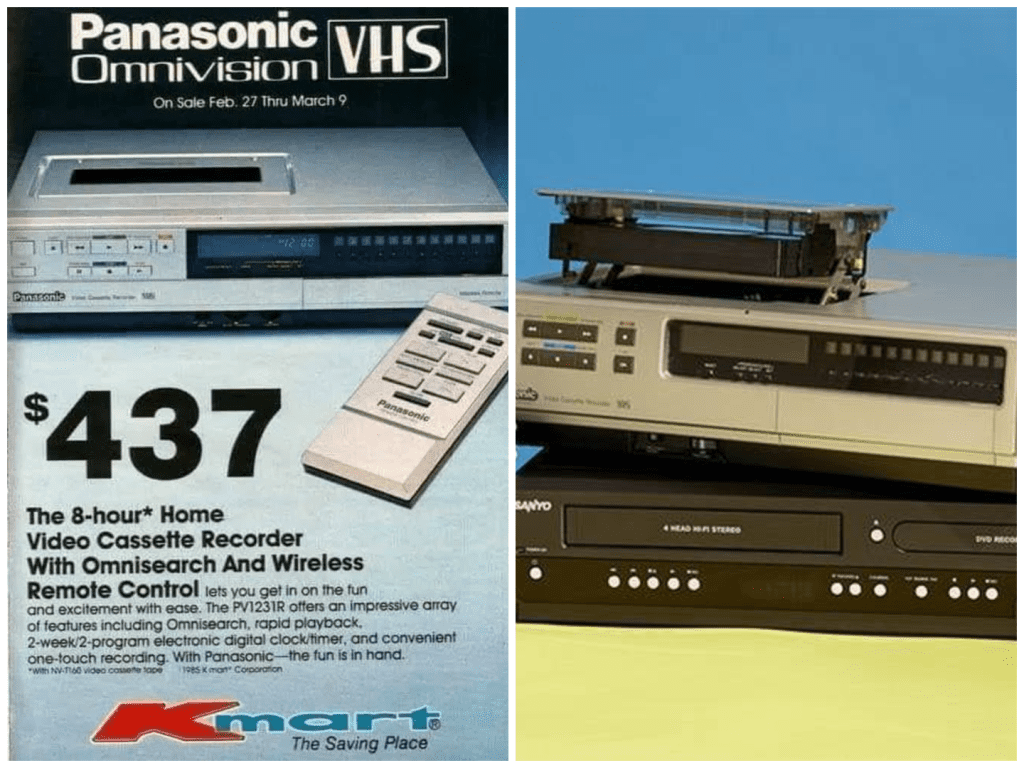
Maybe you wanted to play music more seriously — you’d need a CD player (around $300–$500), along with stereo speakers and a receiver. Add in a cassette deck, because everyone still recorded their own mixtapes, and you’re easily looking at $1,000 just to have a decent setup.
Need to type something? Typewriters weren’t cheap, especially electronic ones. Expect to pay around $300 to $500, depending on the brand. And of course, every student or office worker had a pocket calculator — around $50–$100 — unless you were really fancy and had a programmable one.
In total? You’d be lucky to get all of this for under $10,000. And that doesn’t even factor in wear and tear, accessories, extra batteries, or storage space. You needed drawers, bags, and shelves just to manage your everyday tech.
And now? One single device — your smartphone — handles all of this, and it fits in your hand.
Your Phone Quietly Took Over the World
We don’t even think about it anymore, but your phone is basically a museum of destroyed industries.
It killed the camcorder. Your phone now shoots in 4K, records audio cleanly, and even edits on the spot. You don’t need tapes, batteries, or a shoulder strap. You just tap a screen.
It ended the Walkman era. Music is streamed now. You don’t need to rewind anything. You don’t even need to own the music — just open Spotify or YouTube. No wires, no bulk, no planning. One tap and you’ve got access to more songs than all of 1986 combined.
The VCR? Gone. TV has been swallowed up by apps. Netflix, Prime, YouTube, all in your palm. No tapes, no rentals, no overdue fees. Want to watch something? Type it in. Done.
The CD player, the boombox, the radio — all gone. Phones became the sound system. Some people even DJ parties from their phones now. No need to carry speakers on your shoulder down the street (though that did look cool).
Your calculator? Built-in. Typewriter? Dead. Notes app, Docs, voice-to-text — your phone lets you write novels from your bed. Photos? You can shoot, edit, and post them without touching a computer. Want directions? Remember when people carried physical maps? Yeah, that’s gone too. Your phone’s GPS replaced maps, compasses, and road atlases all at once.
But it’s not just about what your phone replaced. It’s about how it made everything frictionless. You don’t think about switching devices anymore. You don’t ask, “Where’s the camera?” or “Did I pack the stereo?” You just pull out your phone.
And that ease has a cost — not just in money, but in memory. We forgot how heavy, how noisy, how high-maintenance tech used to be. And maybe that’s okay. Or maybe we’ve gotten so used to simplicity that we forget how magical it is.
From Chaos to One Clean Screen
This picture — the guy juggling gadgets like he’s about to build a spaceship — was normal back then. Today, it looks ridiculous. But not in a mocking way. It’s actually kind of amazing to see how far we’ve come. All of that gear meant something. It was new. It was exciting. It was the cutting edge of the time.
But it’s also a reminder of just how fast things move. What’s cutting-edge today is invisible tomorrow. Your phone already has features you don’t use. It probably replaced something you didn’t even notice. Alarm clocks. Scanners. Flashlights. Video recorders. Game consoles. The list just keeps growing.
In another 10 or 20 years, maybe we’ll look back at smartphones the same way we look at that guy in the photo — as something bulky, outdated, laughably overequipped. Maybe your next device won’t even be a screen. Maybe it’ll be in your glasses. Or in your skin. Who knows?
But right now, we’re living through something wild. A time where all the tech that once needed shelves, cords, wires, plugs, remotes, and drawers… fits in your hand.
And that’s not just convenient. It’s historic.

Daniel Reed is a curious mind with a passion for breaking down how the world works. With a background in mechanical engineering and digital media, he turns complex ideas into easy-to-understand articles that entertain and inform. From vintage tools and modern tech to viral internet debates and life hacks, Daniel is always on the hunt for the “why” behind the everyday. His goal is simple: make learning feel like scrolling through your favorite feed — addictive, surprising, and fun.
